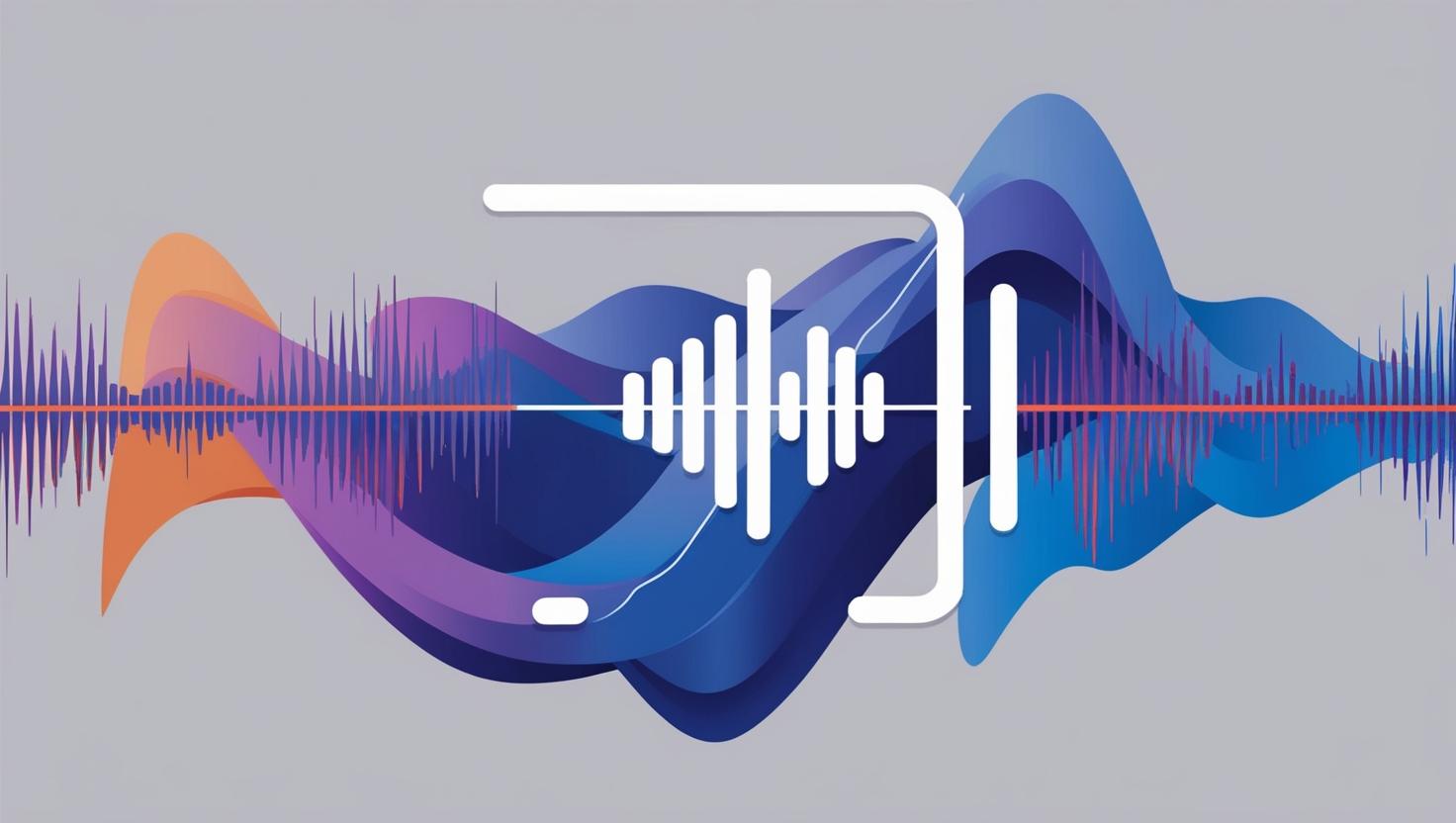From FAQs to Full Conversations: The Growth of AI in Communication
Mar 12

Indeed, AI-powered communication has come a long way, evolving from basic chatbots to sophisticated conversational interfaces. According to a study by Gartner, by 2022, 25% of customer service operations will use virtual customer assistants, further solidifying AI's role in shaping the future of communication.
This shift towards AI-driven communication has numerous benefits, including increased efficiency, reduced response times, and enhanced personalization. By leveraging machine learning algorithms and natural language processing, AI systems can analyze vast amounts of data to provide tailored responses, ultimately leading to more effective and engaging interactions.
The implications of AI-powered communication extend beyond customer service, as it also opens up new avenues for businesses to connect with their audience, build brand awareness, and drive revenue growth. Moreover, individuals can leverage AI-driven communication tools to streamline their workflows, freeing up time for more strategic and creative pursuits.
The Early Days: FAQs and Chatbots
The concept of automated support has been around for decades, with FAQs being one of the earliest forms of AI-powered communication. These static lists of questions and answers provided a basic level of self-service support, allowing customers to find quick answers to common queries. According to Gartner, FAQs were initially used in the 1990s as a way to reduce the volume of repetitive inquiries to customer support teams.
As technology advanced, chatbots emerged as a more interactive way to provide automated support. These early chatbots used simple decision trees and rule-based systems to engage with customers and provide basic support. While limited in their capabilities, they marked an important step towards more advanced conversational systems. In fact, a study by IBM found that chatbots were able to handle up to 80% of routine customer inquiries, freeing up human support agents to focus on more complex issues.
Despite their limitations, these early AI-powered tools laid the groundwork for more sophisticated conversational systems. They demonstrated the potential of automation to improve customer experience and reduce support costs. As AI technology continues to evolve, we're seeing the development of more advanced conversational systems that can understand natural language, empathize with customers, and provide personalized support.
Write your awesome label here.
The Rise of Virtual Assistants
Virtual assistants like Siri, Alexa, and Google Assistant marked a significant leap forward in AI-driven communication. These voice-activated helpers can perform tasks, answer questions, and even engage in basic conversations, making them an integral part of our daily lives.
According to a report by Statista, the number of virtual assistant users worldwide has been steadily increasing, with an estimated 4.2 billion users in 2021. This widespread adoption is a testament to the convenience and functionality that these AI-powered tools bring to our daily routines.
One of the key benefits of virtual assistants is their ability to multitask, allowing users to perform multiple actions simultaneously. For instance, users can ask Alexa to play music while setting a timer, or request Google Assistant to provide directions while sending a text message. This level of convenience has revolutionized the way we interact with technology, making it more seamless and efficient.
As AI technology continues to evolve, we can expect virtual assistants to become even more sophisticated, enabling them to understand complex requests and respond with greater accuracy. This could lead to even more innovative applications, such as virtual assistants that can anticipate our needs and proactively offer solutions, further blurring the lines between humans and machines.
Conversational AI: The Next Generation
Write your awesome label here.
The rapid progress of conversational AI has led to a significant shift in the way humans interact with machines. With the ability to comprehend nuances of language, context, and emotions, AI-powered systems can now engage in more natural and human-like conversations. This breakthrough has far-reaching implications, particularly in the realm of customer service, where personalized interactions can greatly enhance the overall experience.
According to a study by Gartner, by 2025, 25% of customer service operations will use virtual customer assistants, leading to increased efficiency and reduced costs. As conversational AI continues to advance, we can expect to see even more innovative applications across various industries.
The ability of machines to understand emotions, in particular, has opened up new avenues for empathetic and supportive interactions. This can be especially beneficial in situations where humans may struggle to provide emotional support, such as in mental health chatbots or virtual therapy sessions. As the technology continues to evolve, we can expect to see more sophisticated and empathetic AI-powered systems that can provide comfort and solace to those in need.
The Future of Communication: Opportunities and Challenges
The integration of AI in communication has undoubtedly revolutionized the way we interact with each other, making it faster, more efficient, and personalized. However, as we continue to rely on AI-powered systems, it's crucial to acknowledge the potential risks associated with data privacy. According to a report by the Pew Research Center, a significant majority of Americans believe that their personal data is less secure now than it was five years ago. This concern is particularly relevant in the context of AI-driven communication, where vast amounts of user data are being collected and analyzed.
Bias is another critical issue that needs to be addressed in AI-enhanced communication. AI systems are only as good as the data they're trained on, and if that data is biased, the outcomes will be too. This can lead to discriminatory behavior, perpetuating existing social inequalities. For instance, a study by the National Academy of Sciences found that facial recognition algorithms are more likely to misidentify people of color, highlighting the need for more diverse and representative training data.
The potential impact of AI on human relationships is also a topic of concern. While AI can facilitate communication, it can also lead to a sense of isolation and disconnection. A study by the American Psychological Association found that excessive social media use can lead to increased feelings of loneliness and depression. As AI becomes more pervasive in our communication, it's essential to strike a balance between technology and human interaction.
Ultimately, it's crucial to acknowledge these concerns and work towards developing AI-enhanced communication systems that prioritize transparency, accountability, and human well-being. By doing so, we can ensure that the benefits of AI are shared equitably, and that we're creating a more inclusive and compassionate digital landscape for everyone involved.
Embracing the Future of Communication
Write your awesome label here.
The rapid advancement of Artificial Intelligence (AI) in communication has revolutionized the way we interact with each other and with machines. From simple FAQ systems to sophisticated conversational interfaces, AI has come a long way in enabling more efficient and personalized communication. According to a report by Gartner, by 2022, 70% of white-collar workers will interact with chatbots daily, demonstrating the growing reliance on AI-powered communication.
The future of AI in communication holds immense promise, with potential applications in various industries, including customer service, healthcare, and education. As AI continues to advance, we can expect more nuanced and human-like interactions, enabling deeper connections and understanding between humans and machines. By embracing this evolution, we can unlock new possibilities for collaboration, innovation, and social progress.
Moreover, AI-powered communication can also facilitate greater accessibility and inclusivity, enabling people with disabilities or language barriers to interact more easily. For instance, AI-driven language translation tools can break down language barriers, fostering global understanding and collaboration. As we move forward, it's essential to prioritize the responsible development and deployment of AI in communication, ensuring that its benefits are equitably distributed and its risks are mitigated.

We are an online educational platform that helps professionals and aspiring individuals to succeed in their goals.
Connect with us
Copyright Mindmekka Learning Solutions (Pty) Ltd © 2025. All Rights Reserved
Designed and built for everyone
Through a decade of experience in educational technology, as well as pedagogical conviction in experiential learning, Mindmekka has reinvented adult education

Write your awesome label here.

